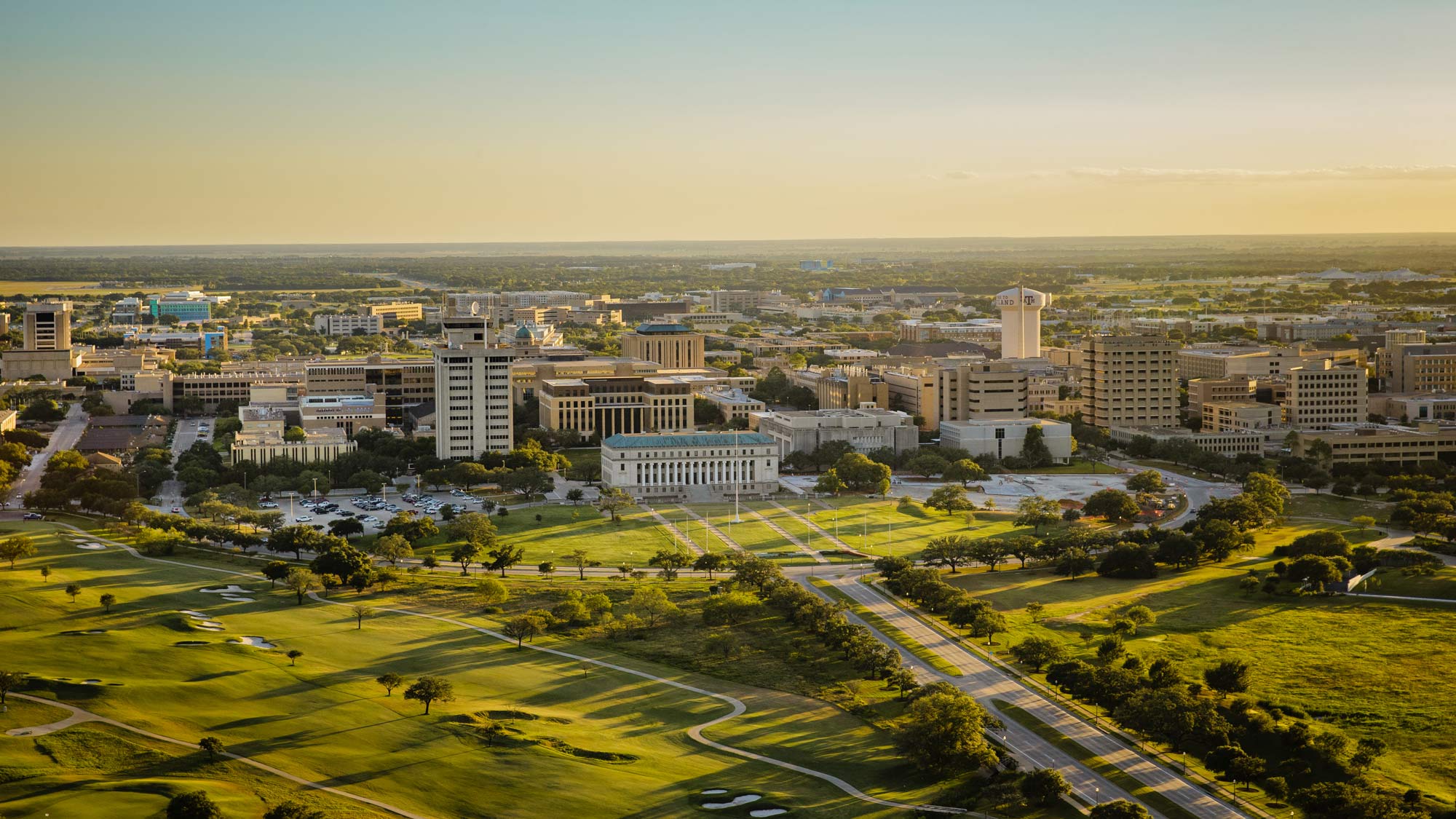
Water
A Texas A&M aquaculture specialist offers information about recent dog deaths related to blue-green algae.
Depleted Seamounts Near Hawaii Recovering After Decades Of Federal Protection
Aug 20, 2019 • 4 min. readTexas A&M College of Geosciences researcher Dr. Brendan Roark co-authored game-changing research on the Hawaiian-Emperor Seamount Chain.
How worried should we be about these terrifying-sounding bacteria, and what can we do about them?
Study Finds Lead In Drinking Water In Some Eastern Houston Homes
Aug 2, 2019 • 3 min. readTexas A&M public health researchers found that older homes with lead pipes, in conjunction with the chemicals used during the water purification process, underlie the problem.
The MERIT Hydro global map used complex computer algorithms to determine the shape of millions of Earth’s rivers, lakes and canals.
Texas A&M GERG Data Fuels Storm Prediction Efforts In The Gulf
Jul 15, 2019 • 3 min. readThe Texas Automated Buoy System is one of the oldest and most successful state funded, ocean-observing systems in the country.
Geosciences junior Mia Self dove 2,500 meters deep in HOV ALVIN during a NSF-funded research cruise, led by a Texas A&M Oceanography professor.
Texas A&M Scientists Develop Crucial, Multiscale Oil Spill Model
Jun 24, 2019 • 5 min. readSupported by the BP-funded Gulf of Mexico Research Initiative, new computer model covers scales from droplets to oceans, to predict how future oil spills would travel in the Gulf.
Is The ITC Deer Park Incident Affecting Galveston Bay? Texas A&M Scientists Analyze Initial Samples
Mar 27, 2019 • 5 min. readTexas A&M Oceanography researchers observed abnormal water conditions during regularly scheduled sampling March 23 at several sites in Galveston Bay. Toxicity data from water samples will be available after April 8.
Texas A&M AgriLife Research and Australia’s Department of Agriculture and Water Resources have entered into a research cooperative to promote food, water security and international development.
